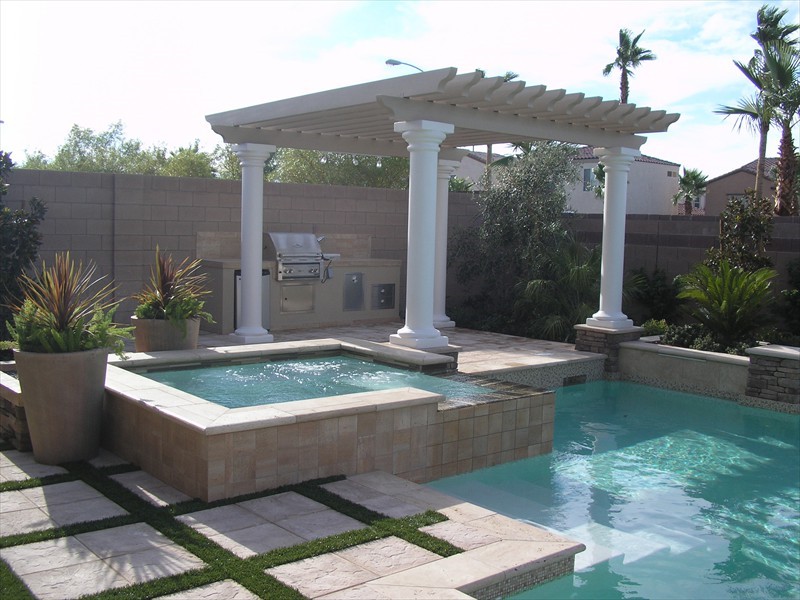Fluid applied waterproofing materials can prevent the passage of water in unwanted areas. Fluid applied waterproofing materials are either hot fluid applied rubberized asphalt or cold fluid applied. This type of waterproofing comes in many different types of materials and applications that can vary widely in material composition and can be installed as both hot and cold products. The installation methods also vary greatly by use and can be sprayed on, applied with a roller, or by a trowel application, or even hot mopping. These types of systems are extremely adaptable and create a membrane that does not have seams of any kind.
Weather Protection
Moisture barriers in walls protect against the transfer of water into your building. They shield moisture-sensitive components, such as wood or gypsum-based sheathings, during construction and in the event of a breach in the outer wall covering, such as a crack in stucco, brick or other outside material. By keeping damaging liquid water from penetrating and saturating your investment; you are proactive by protecting your asset.
fluid applied waterproofing is a way to prevent water from getting inside and to help protect your asset from potential water damage. The benefits of waterproofing include protection of your establishment from the inside out, preservation of its condition and its value, continued comfort and safety for you and your business, and prevention of possible water damage. Waterproofing can help to ensure all of these things, and that is a smart choice.
High-Performance Protection
Because air contains water vapor, an air leak can also allow very large quantities of moisture to escape through very small openings. Any unsealed tears, holes or penetrations become a direct path for air leakage. By using fluid applied waterproofing, you can then construct an airtight building envelope, minimizing the risk of any moisture problems – decay, corrosion, loss of insulation value, mold growth and indoor air quality problems, which can occur because of air leakage and condensation.
Water damage and leaks can have a devastating effect on your building. But routine inspections and proactive maintenance can head off leaks, and this is the first step in keeping your waterproofing envelope in good shape. If leaks have already occurred, calling in a competent expert as soon as possible and getting repairs underway is critical to preventing further damage to your building.


